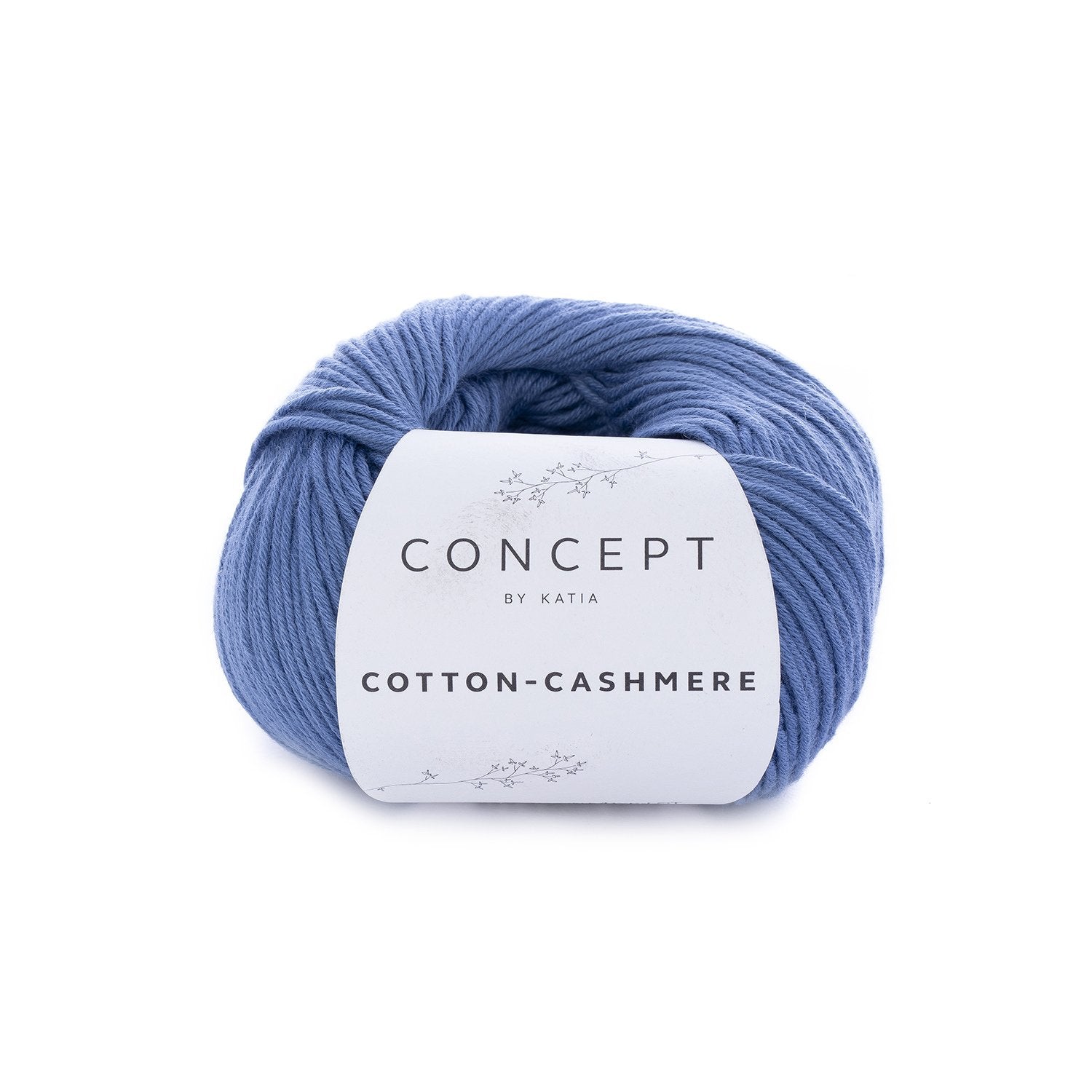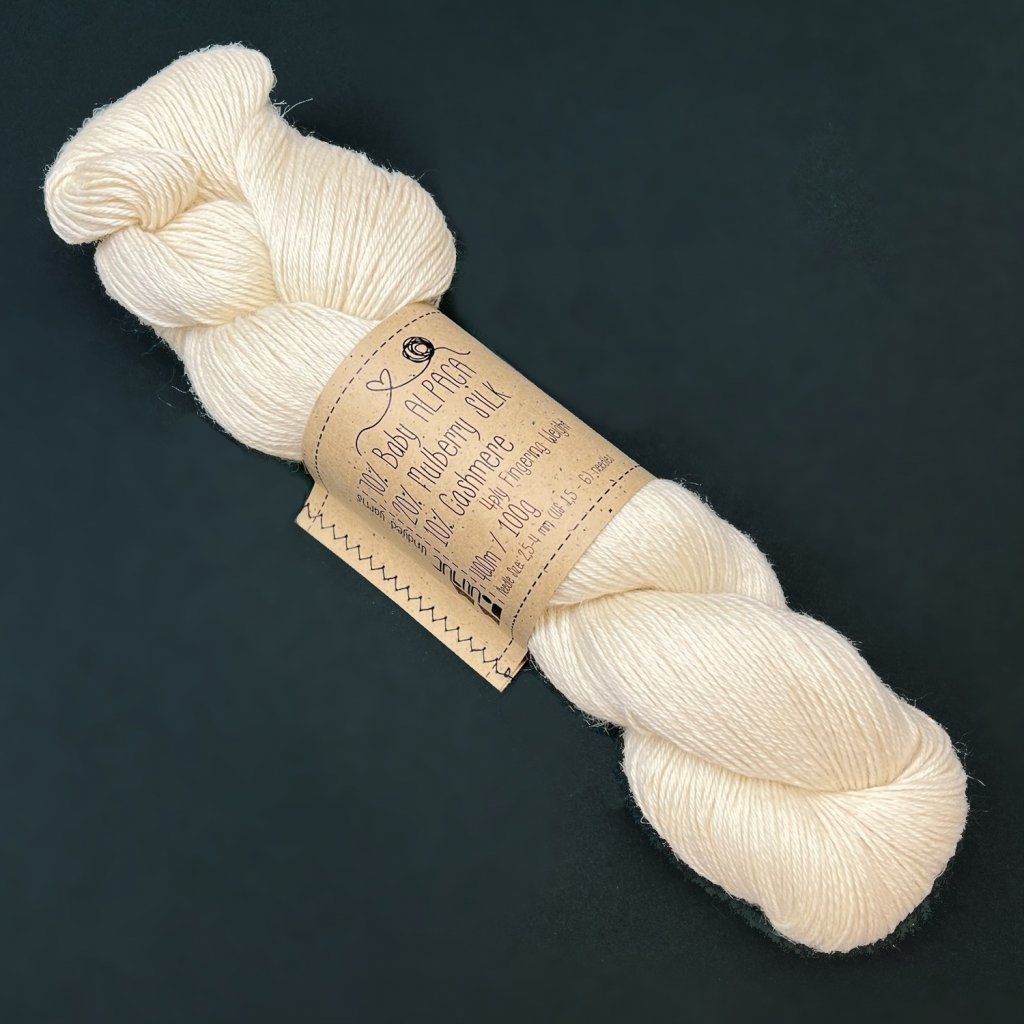Factors You Must Need Cashmere a Natural Fiber for Comfort and Sophistication in Everyday Use
In the realm of fabrics, few fibers equal the luxury and comfort of cashmere. Exactly how can one best utilize cashmere to elevate their style? These appealing inquiries lay the structure for an enlightening expedition right into the globe of cashmere. cashmere fibre.
Recognizing the Luxurious Nature of Cashmere

Reviewing the Convenience Factor of Cashmere Wardrobe
Cashmere's distinct fiber framework allows for breathability, managing temperature level and preventing getting too hot. Cashmere's hypoallergenic residential or commercial properties additionally contribute to its comfort, making it an ideal option for delicate skin. In essence, the comfort of cashmere is acquired from its gentleness, breathability, durability, hypoallergenic nature, and versatility.

The Ecological Effect and Sustainability of Cashmere
While the comfort and style of cashmere are definitely appealing, it's equally essential to consider its partnership with the environment. Cashmere production, mainly in Mongolia and China, involves increasing cashmere goats, which can considerably stress breakable meadow communities due to overgrazing. This can lead to desertification, a pushing environmental worry. Additionally, the processing of cashmere, including dyeing and cleaning, can also add to water contamination otherwise correctly managed. Nevertheless, initiatives are being made to establish lasting cashmere manufacturing techniques, such as rotational grazing and cleaner handling techniques. For this reason, while cashmere has ecological influences, its sustainability greatly depends on manufacturing practices.
Contrasting Cashmere to Artificial Fibers: A Cost-Benefit Evaluation
In spite of its environmental obstacles, cashmere offers a distinct collection of advantages over synthetic fibers. Cashmere's all-natural fibers use exceptional softness and heat, translating into convenience that synthetic fibers battle to match. Unlike synthetic fibers, cashmere does not contribute to microplastic pollution, making it a much more sustainable option.
Designing Tips With Cashmere for Everyday Beauty
Having taken into consideration the cost-benefit analysis of cashmere contrasted to artificial fibers, it comes to be clear why this lavish material is a preferred choice for numerous. When styling cashmere for day-to-day elegance, simplicity is essential. A cashmere coat, for example, can be paired Bonuses with customized description trousers or a streamlined skirt for a posh, put-together look - cashmere fibre. For a more informal set, a cashmere cardigan put on over an easy t-shirt and pants emanates effortless design. Accessories can better elevate the look: a declaration locket or headscarf can add a pop of shade to a neutral cashmere item. Inevitably, the inherent style of cashmere makes it a flexible addition to any type of wardrobe, easily enhancing daily attire with a touch of deluxe.

Conclusion
In summary, the impressive buildings of cashmere make it a valuable addition to any kind of wardrobe. Its lavish feel, convenience, breathability, and flexibility to differing temperature levels are unparalleled. Additionally, cashmere's sustainability and lower ecological effect contrasted to artificial fibers additionally boost its appeal. The classic elegance of cashmere, integrated with its versatility, adds class to day-to-day wear. Therefore, spending in cashmere garments is a beneficial decision for style, comfort, and sustainability.
